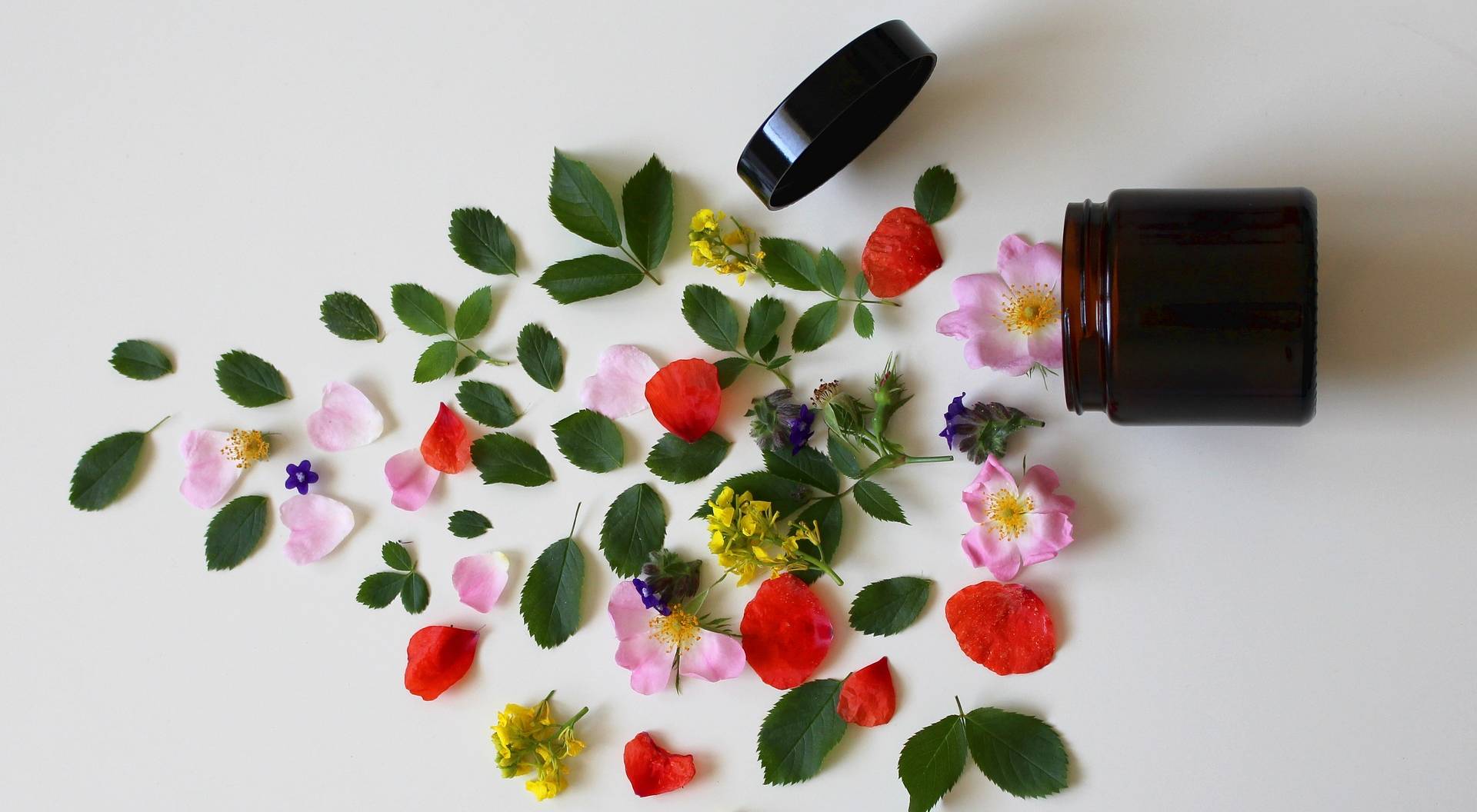Are “Natural” Beauty Products And Supplements Harming The Environment And Workers?

PREMIUM CONTENT for MEMBERS ONLY
By Fiona Riddle
As consumers have become more aware of the potentially harmful impacts of conventional, modern-day beauty products and supplements, a new market has emerged to reconcile this shift. Now a burgeoning industry, these “better-for-you” products have drastically changed consumer behavior and spending as customers put more emphasis on not only the products they buy but their impact as well. These specially formulated products meet a growing demand by using plant-derived “natural” ingredients in favor of synthetic, man-made ingredients.
In the beauty industry, for example, there has been a dramatic shift towards “clean beauty” which encompasses products made with ingredients that are healthier for both people and the environment. Clean beauty products often avoid the use of possible toxins, synthetic chemicals, and synthetic fragrances in favor of wild plant-derived oils and constituents. And while the intent in purchasing these products is to limit our own toxic load as well as that of the Earth, there may be a lot more to the story than we are told.
These wild plants boast numerous health benefits and are often found in whole food supplements, tea, and skincare. A recent report found that the ways in which many of these plants are produced and harvested, however, are not only damaging to the environment but are exploiting farm workers at the same time. And the complex supply chains and lack of regulation from start to finish only make the issues worse. You might recognize a few of the plants included in the report from your own kitchen or bathroom such as shea, brazil nuts, frankincense, and gum arabic.
There is little transparency when it comes to the sourcing and journey of these plants from their origin to our cupboard. And while so much emphasis and thought is put into the sourcing of our typical day-to-day food, little is given to these “personal care” products. It’s believed that 60-90% of these plant species are obtained through wild harvesting as opposed to cultivation.
For example, Brazil nuts are an increasingly popular whole food supplement due to their high selenium content, which plays a key role in immunity and has recently been associated with a better outcome in regards to COVID-19. Because of these benefits, they’ve made their way into almost every high-end health-food store and are among the most widely consumed tree nuts in the world.
To actually obtain these tree nuts, tens of thousands of Brazilian workers manually harvest them from trees in the Amazon region where they play a vital role in the complex Amazon rainforest ecosystem. Even though this labor provides a substantial income for workers, there are numerous dangers and drawbacks such as parasite infections, wild animal attacks, poor living conditions and low or inconsistent pay.
Shea butter is another extremely popular ingredient in both the beauty and food industries often found in lotions, haircare and as an edible vegetable oil in ice creams and baked goods. It is produced from the nut of the shea tree often by women in west Africa. Shea plays an important role in the income of millions of women as it assists in “poverty reduction and improving livelihood.” Despite this undeniable benefit there are still a number of risks for both the harvesters and the environment such as child labor, slow regeneration of the trees, poisonous snake and animal bites and long-term health consequences from the large open fires used to cook and fry the nuts.
A similar emerges from the procurement of the other wild plant species investigated in the report, with numerous social and environmental threats such as overharvesting, habitat loss, diseases, child labor and discrimination. Once these ingredients make it into our products in the United States, however, there is often little consideration around how these items made it to grocery store and supplier shelves.
While cultivating more of these “medicinal” plants can take some of the burden off of the scale of harvesting, many of them are difficult to grow and require the unique ecosystems that they are a part of to flourish. Ultimately, there is a delicate balance between providing marginalized and vulnerable communities with a viable means of income and protecting habitats from overharvesting and destruction that comes with large scale wild harvesting.
The argument in favor of using these wild plants often stems from their traditional usage in which cultures have incorporated these plants into their own medicinal practices. The difference, however, is that international demand risks overharvesting, which in turn can lead to the collapse of precious ecosystems. So, while purchasing these products may in some ways be better for consumers’ health, conscious consumerism must dig a bit deeper to ensure companies use responsible and ethical methods to create their goods.
By requesting transparency and detailed sourcing information from companies and brands, consumers can help to improve the ethics of the many industries that utilize these wild plant products. And by simply understanding how our purchases impact both physical and social environments on a global scale, we can make more informed decisions.

Fiona Riddle is a Certified Health Coach with a degree in Psychology from UCLA. She is passionate about a holistic approach to health when working with her private coaching clients. She is an avid cook, constantly creating and sharing new recipes on her Instagram (@feelgoodwithfi) to showcase simple clean home cooking.
✓ This article was reviewed and approved by Emeran Mayer, MD